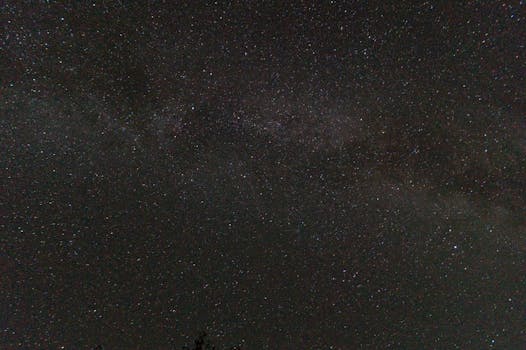
“
The Infinite Universe of Imagination: Beyond Celestial Boundaries
Introduction to the Infinite Universe
The Infinite Universe of Imagination is a concept that has fascinated humans for centuries. The idea that our universe is infinite, with no bounds or edges, is a mind-boggling concept that challenges our understanding of space and time. The infinite universe is a place where the laws of physics as we know them no longer apply, and where the possibilities are endless. For more on this topic, check out Soaring Through the Cosmos: The Power of Imagination Beyond the Stars.
Human imagination has always been a powerful tool for exploring the unknown and pushing the boundaries of what is thought to be possible. From the earliest myths and legends to modern-day science fiction, the infinite universe has been a source of inspiration for artists, writers, and scientists alike. Learn more about this in Cosmic Creativity: How Imagination Soars Beyond the Constellations.
Exploring the Celestial Boundaries
Our current understanding of the universe is based on the concept of celestial boundaries, which define the limits of our observable universe. The cosmic microwave background radiation, the oldest light in the universe, marks the edge of our observable universe, beyond which lies the unknown.
However, the concept of celestial boundaries is not absolute and is constantly being challenged by new discoveries and observations. The existence of dark matter and dark energy, which make up approximately 95% of the universe, is a testament to the fact that there is still much to be learned about the nature of the universe.
Beyond the Celestial Boundaries
So, what lies beyond the celestial boundaries of our observable universe? This is a question that has puzzled scientists and philosophers for centuries. Some theories suggest that the universe is part of a larger multiverse, where an infinite number of parallel universes exist, each with its own unique laws of physics.
Others propose that the universe is infinite in size, with no bounds or edges, and that the laws of physics as we know them are merely a local phenomenon. The concept of eternal inflation suggests that our universe is just one of many bubbles in a vast multidimensional space, where new universes are constantly being created through an eternal process of inflation.
Conclusion and Takeaways
In conclusion, the infinite universe of imagination is a concept that challenges our understanding of space and time and inspires us to think beyond the boundaries of what is thought to be possible. The exploration of the celestial boundaries of our observable universe is an ongoing endeavor, and new discoveries and observations continue to shape our understanding of the cosmos.
Some key takeaways from this discussion include:
- The infinite universe is a concept that challenges our understanding of space and time.
- Human imagination has always been a powerful tool for exploring the unknown and pushing the boundaries of what is thought to be possible.
- The celestial boundaries of our observable universe are not absolute and are constantly being challenged by new discoveries and observations.
- The existence of dark matter and dark energy is a testament to the fact that there is still much to be learned about the nature of the universe.
- The concept of eternal inflation suggests that our universe is just one of many bubbles in a vast multidimensional space, where new universes are constantly being created through an eternal process of inflation.






